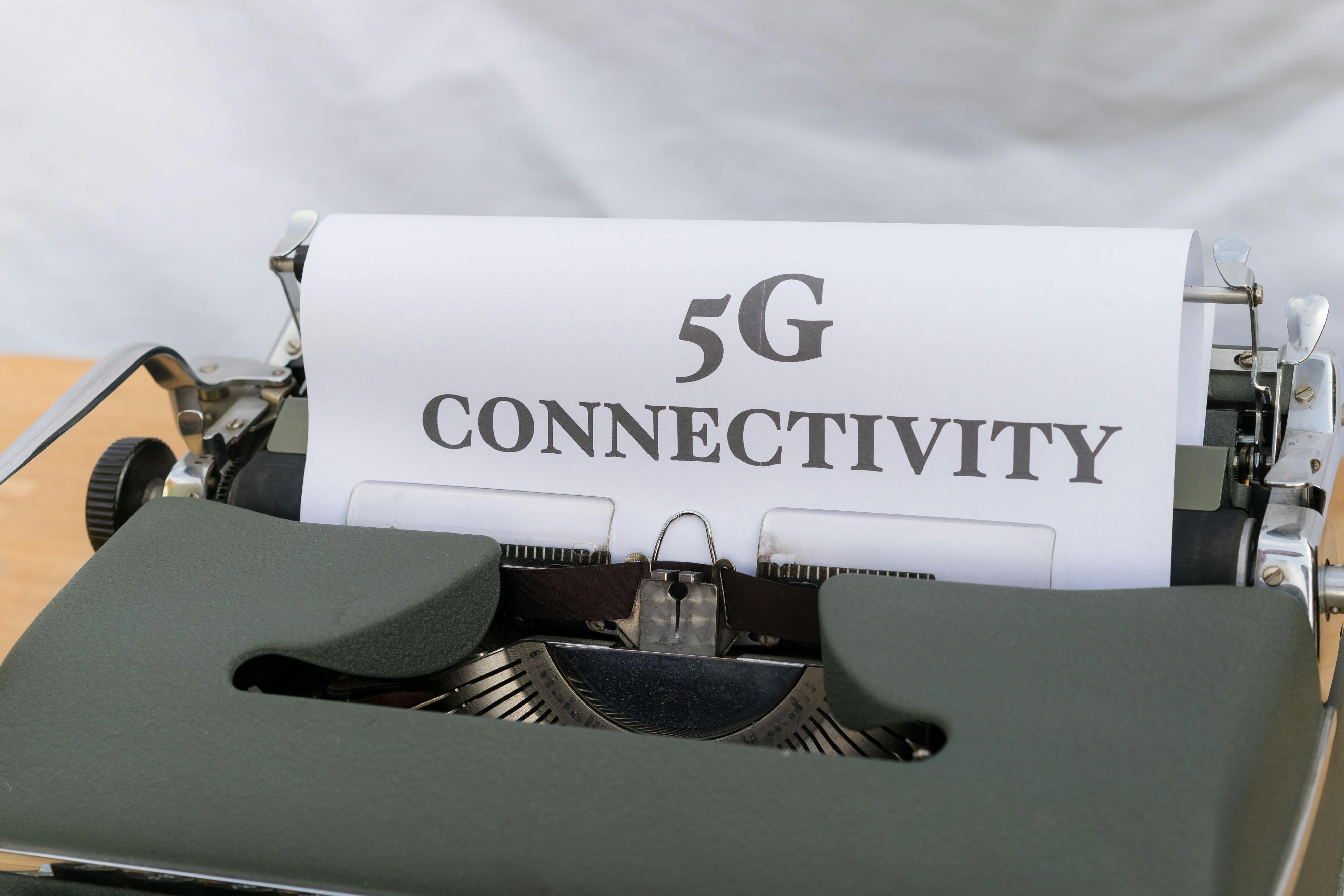How Internet Speed Tests Work and How Accurate Are They?
When your internet feels sluggish, an internet speed test is often the first tool you turn to. These tests promise to tell you your connection's upload, download, and latency speeds in seconds. But how do these tests actually work? And can you trust the results? This article explores the mechanics behind internet speed tests, the factors influencing their accuracy, and how to get the most reliable results.
What Are Internet Speed Tests?
An internet speed test measures the performance of your internet connection by calculating key metrics like download speed, upload speed, and latency. Here's what these terms mean:
- Download Speed: The rate at which data is transferred from the internet to your device, measured in Mbps (megabits per second).
- Upload Speed: The rate at which data is sent from your device to the internet, also measured in Mbps.
- Latency (Ping): The time it takes for a data packet to travel to a server and back, measured in milliseconds (ms).
Internet speed tests are commonly performed using websites or apps like Speedtest.net, Fast.com, or ISP-provided tools.
How Do Internet Speed Tests Work?
Speed tests operate by sending and receiving data packets between your device and a server. Here's a step-by-step breakdown:
- Server Selection: The test chooses a nearby server based on your location for optimal accuracy.
- Latency Measurement: A small data packet is sent to the server to measure the round-trip time (ping).
- Download Test: The server sends multiple packets of data to your device to measure how quickly they are received.
- Upload Test: The process is reversed, with your device sending data to the server to measure upload speed.
- Data Calculation: The test analyzes the speed of data transfer and calculates results based on the fastest consistent speed achieved during the test.
How Accurate Are Internet Speed Tests?
While speed tests are useful, their accuracy can vary due to several factors:
- Server Distance: The closer the test server, the faster your speeds will appear. A server far from your location may result in slower speeds due to increased latency.
- Network Congestion: Running a test during peak hours, when many users are online, can result in slower speeds due to network congestion.
- Device Limitations: Your device’s capabilities, such as its Wi-Fi adapter or Ethernet port, can limit the speed it can process, resulting in lower test results.
- Background Activity: Other devices or apps using your internet during the test can consume bandwidth, affecting the accuracy of your results.
- ISP Throttling: If your ISP throttles certain types of traffic, such as streaming or gaming, the test might not reflect your connection’s full potential.
- Wi-Fi vs. Ethernet: Wi-Fi connections are more prone to interference and speed loss than wired Ethernet connections, which can impact test results.
How to Get the Most Accurate Speed Test Results
- Connect Directly to Your Modem/Router: Use an Ethernet cable for the most accurate results.
- Choose a Nearby Server: Most speed tests automatically select the best server, but ensure it’s geographically close to you.
- Close Background Applications: Stop any downloads, uploads, or streaming activities before running the test.
- Test at Different Times: Run tests at various times of day to get a comprehensive picture of your connection’s performance.
- Use Multiple Tools: Compare results from different speed test platforms like Speedtest.net, Fast.com, and your ISP’s tool.
Factors That Can Influence Speed Test Results
- ISP Advertising Speeds vs. Real Speeds: Your ISP might advertise speeds as "up to" a certain level, but real-world conditions like network congestion and throttling often mean you’ll experience slower speeds.
- Peak vs. Off-Peak Hours: Speed tests run during peak hours (evenings and weekends) may show slower speeds compared to tests during off-peak times.
- Wi-Fi Signal Quality: Obstructions, distance, and interference can significantly reduce speeds on Wi-Fi connections, making tests less accurate.
- Outdated Hardware: Old routers, modems, or network cards may not support the high speeds of modern internet plans, skewing results.
Are Internet Speed Tests Reliable?
Internet speed tests are a reliable tool for assessing your connection, but they provide a snapshot rather than a comprehensive view. They’re ideal for checking whether your speeds align with your ISP plan, diagnosing connectivity issues, or confirming network improvements after troubleshooting.
However, for a complete analysis, multiple tests under various conditions (peak hours, different devices, and wired vs. wireless) are necessary.
Popular Internet Speed Test Tools
- Speedtest.net by Ookla: A widely trusted tool with options to test server locations and advanced metrics like jitter.
- Fast.com: Developed by Netflix, it’s simple and focused on download speeds, especially for streaming performance.
- Google’s Speed Test: Quick and accessible via Google search, offering basic download, upload, and latency measurements.
- ISP-Provided Tools: Many ISPs, such as Xfinity and AT&T, offer speed tests tailored to their networks for more accurate results.
Related Links
- Xfinity Speed Test - Why It Matters
- What Internet Speed Do I Need? Guide for 2024
- Comparing Fiber vs. Cable Internet: Which is Better?
- How to Troubleshoot Slow Internet Connections
Conclusion
Internet speed tests are a valuable tool, but understanding how they work and what influences their accuracy is crucial for interpreting results. While no test is perfect, they provide a good starting point for diagnosing connectivity issues and optimizing your internet. Armed with this knowledge, you can confidently evaluate your connection and ensure you’re getting the speeds you need for a seamless online experience.




